According to recent surveys, 90% of millennial travelers post photos during their vacations. In the UK, 40% think about whether or not a destination is photogenic before even booking a trip. “Vacation” is mentioned more on social media than Taylor Swift, Katy Perry, and other mega-celebrities. Photos play a critical role in determining where we travel—and how we experience these places once we’re there.
It’s no wonder, then, that vacation pictures are a mainstay of stock photography. We already take tons of photos when we go on holiday, and Licensing clients want to use those photos to promote their products, services, and destinations. It only takes a little bit of planning and creativity to transform an ordinary vacation into a profitable photoshoot. Here’s how to do it right.
Find your market
Before your trip, spend some time browsing commercial photos of the place you plan to visit. You can search photo-centric websites, but travel blogs are your secret weapon here. They’ll show you the lesser-known (but still Instagram-worthy) spots.
Create a folder or a mood board full of images that inspire you. Wherever you’re going, you’ll notice some themes emerging. If you’re traveling to Tuscany, for instance, you might come across a lot of foodie pictures, while photos from Costa Rica might center around ecotourism.
By searching for potential subjects (and areas to visit), you’ll get a feel for the kinds of photos buyers want. You’ll also get more familiar with the locations that are popular amongst your potential clients.
Instead of going in with the intention of capturing general “vacation photos,” get specific. Visualize your ideal client. Is she more likely to be interested in pictures of families on the beach, or groups of hikers exploring the wilderness? What areas or landmarks will she expect to find? The more targeted your approach, the better your chances of reaching the right customers.
Set aside a “buffer” day
You’re on vacation to take photos for your portfolio—but you’re also there to relax and have fun. Whenever possible, devote the first day or two of your trip to “getting to know” the area.
Visit the places you’d like to photograph in person to determine whether or not they’ll work for a photoshoot. What time of day yields the best light, and what kinds of moments, scenes, and scenarios capture your attention? Look for easy, simple shots that you can get within the time constraints posed by your vacation.
Bring your travel companions along for a day of scouting, and take the pressure off. Enjoy sightseeing with family, and remember to take notes on places you plan to revisit with all your gear.
Collaborate with family and friends
Professional models are great, but why not ask your travel buddies to work with you instead? They’re already comfortable around you, and for the most part, they’ll help out for free (or in exchange for a good meal). If you haven’t already, ask them to sign model releases.
Keep in mind, however, that your family and friends are also on vacation. Make your photoshoots fun rather than stressful. It’s okay to direct and pose your friends but keep it quick and casual.
The majority of your photos should be candid anyway, so join in on the activities you have planned, and capture real moments. Give your models the space they need to act exactly how they normally would—whether they’re splashing in the waves or sampling a new type of street food. Keep an eye out for organic gestures and facial expressions.
Don’t allow your focus on “getting the shot” to interfere with making memories. Not only will that make for an unpleasant experience, but it will also result in forced, unnatural photos.
If they’re not comfortable in front of the camera, you can enlist help from friends and family in other ways, like organizing wardrobe or collecting props.
Pay attention to styling
Speaking of wardrobe and props, these elements are critical. What would vacation photos be without cocktails on the beach, floppy straw hats, and flip flops in the sand? These items all help tell a story—and that’s what hooks potential buyers. You don’t need to hire a professional stylist, but spend some time finding simple, appropriate clothing and props.
If you want to sell your photos commercially, you have to scrub everything of recognizable logos or trademarks. Peel off any annoying labels, cover them up, or hide them using a shallow depth of field. Primary Clothing offers basic, affordable pieces in a variety of colors without any branding.
Finally, make sure everything is clean. If you’re sipping a cold drink, remove any fingerprints before photographing it. Find a piece of fuzz on a shirt? Take it off before you start the shoot.
Mix it up
Visit as many locations as you can, and spend as much time at each site as possible. Ask locals about their favorite “hidden gem” spots. The more variety you have in terms of subject and location, the better your chances of showing up in searches.
Experiment with different lenses and orientations. Instead of settling on the most predictable vantage point, move around and see if you can find a unique perspective. Try out different angles, poses, and gestures (e.g., arms outstretched, holding hands, taking a selfie).
If you’re photographing a famous town, try putting a fresh spin on it. Maybe that means having it in the background while focusing on a model, or perhaps it involves shooting an iconic building from an aerial perspective.
Get as specific as you can when developing your shot list. Instead of just listing “Glacier National Park,” try something like, “A woman in a boat at Bowman Lake, looking into the distance.” The more scenarios and moments you can conceptualize and bring to life, the better.
Be careful when it comes to tourist hotspots
Image buyers need photos of famous, iconic places, but these same spots often come with restrictions. Before you do anything, check to see if commercial photography is allowed in your chosen destination, as many places will allow cameras only for personal purposes.
Some buildings, like the Empire State Building in NYC, can be photographed as part of a larger composition, but they can’t be the main subject of your shoot. Others require special permits. Also, when shooting in public, beware of copyrighted storefronts sneaking into your shot. Outdoor hotspots like hiking trails and beaches are usually a safer bet.
Avoid the crowd
Another reason to steer clear of heavily-trafficked spots? Other tourists.
Unless you’re going for a motion blur shot of unidentifiable people lost in a crowd, you need model releases for every person in your photos. If you do plan on shooting a popular place, arrive early in the morning or later in the evening, so you don’t get strangers in your frame. You can always ask people to sign a release when you’re on-site, but if you’re surrounded by a sea of people, that’s not a realistic solution.
Don’t forget the details
Wide shots are great because they show the whole scene, but detail shots are also important. Pack light, but bring at least two to three lenses so you have options. When it comes to vacation photos, it’s okay to get granular. Buyers need simple, practical photos they can use.
Use yourself as a model, and capture the little elements that make your destination unique: the patina on an old boat, the bright color of an exotic fruit, your feet in the sand and waves. When eating out, remember to grab some close-up shots of your hand holding a drink, or compose a trendy flatlay of your beautifully plated dinner. These shots take almost no time and money to make, and they give buyers more variety.
Edit wisely
Before uploading your photos for Licensing, give them an objective edit. Not every meaningful photo from your vacation will be suitable for stock, and that’s okay. Go through your pictures and pull out only the sharpest and best for post-processing. You want to submit as many photos as you can, but at the same time, those pictures all have to be top-notch in order to appeal to buyers.
Click here to learn about Licensing with 500px.

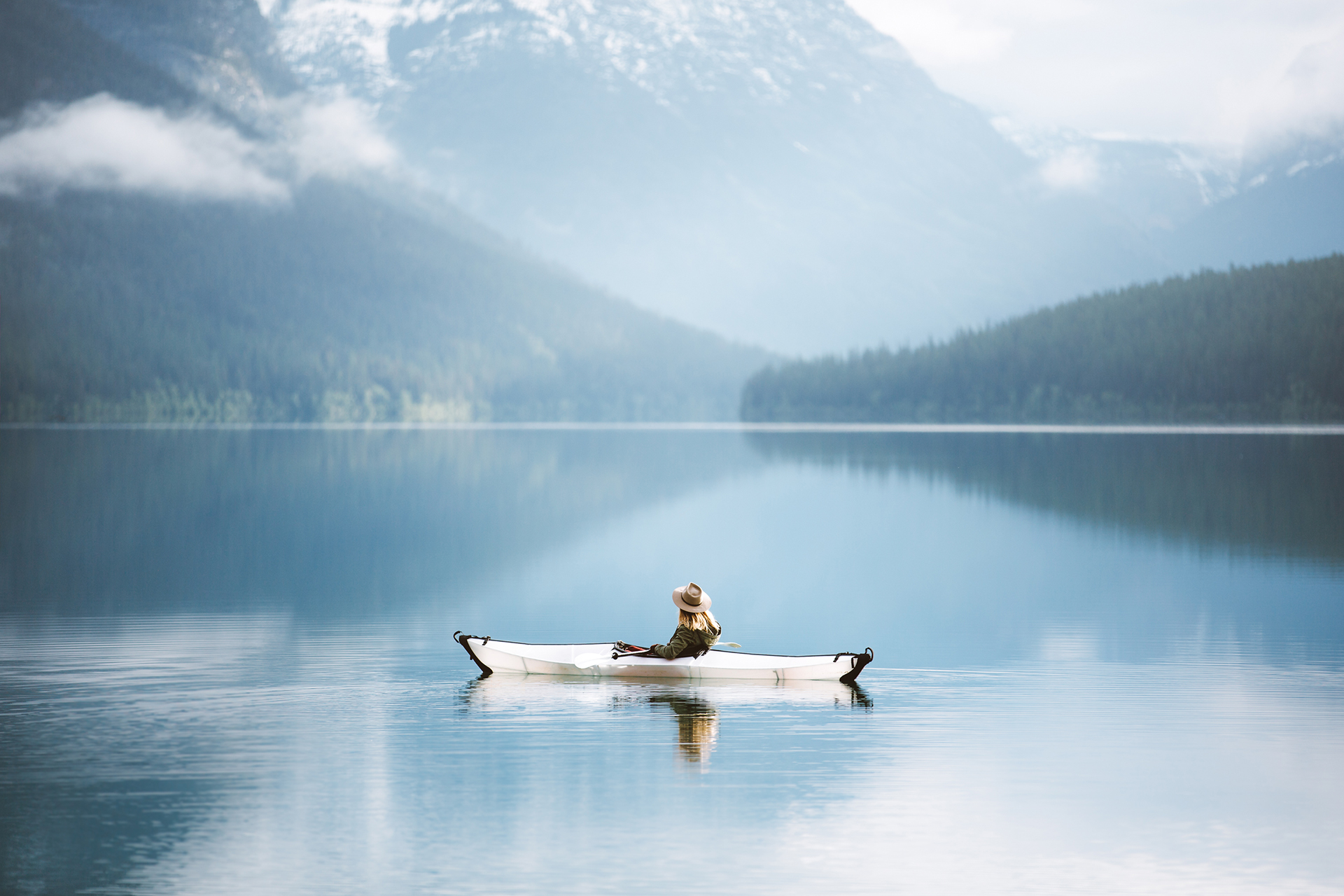

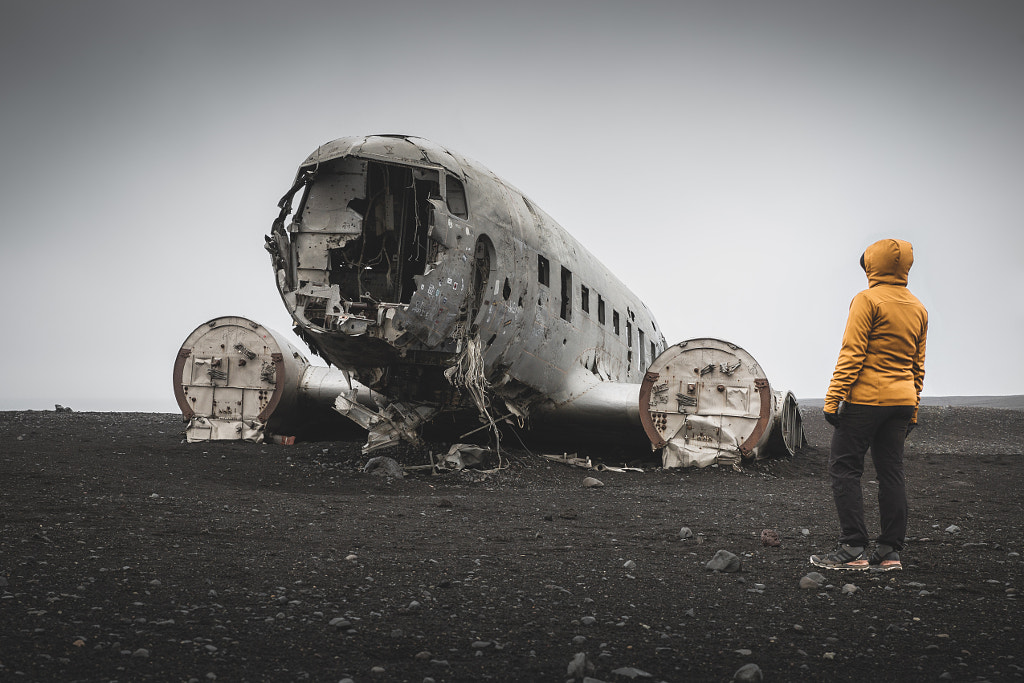
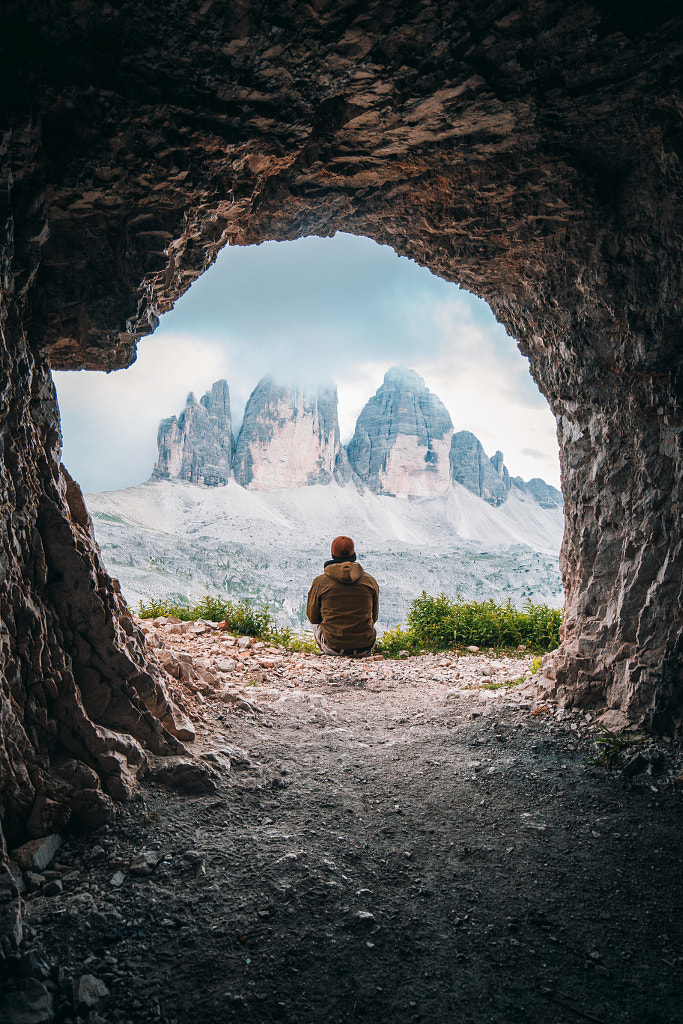
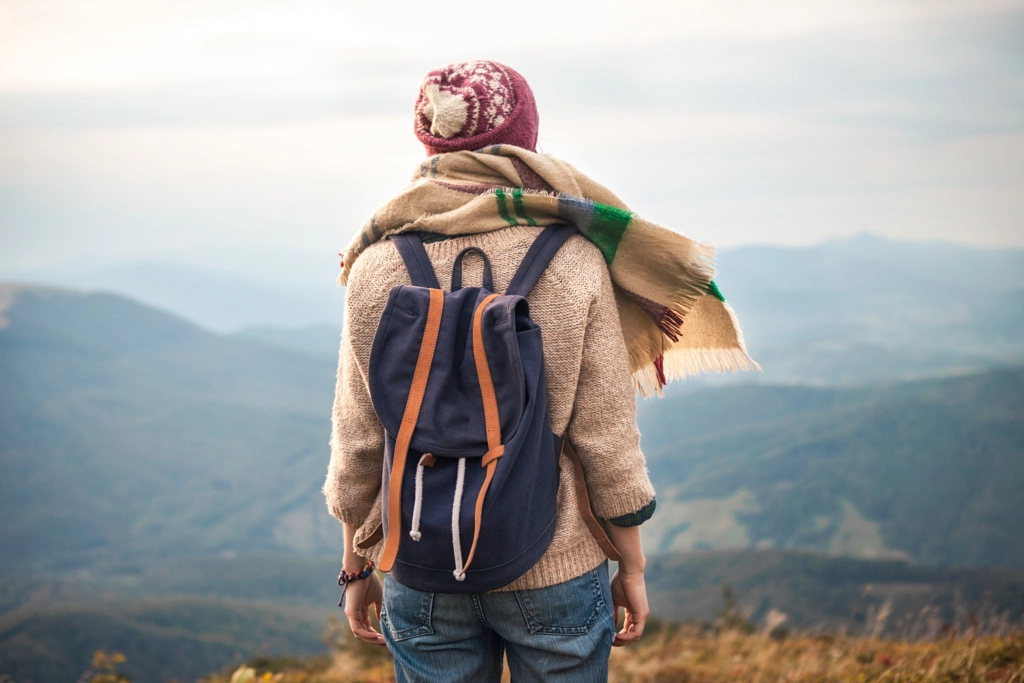
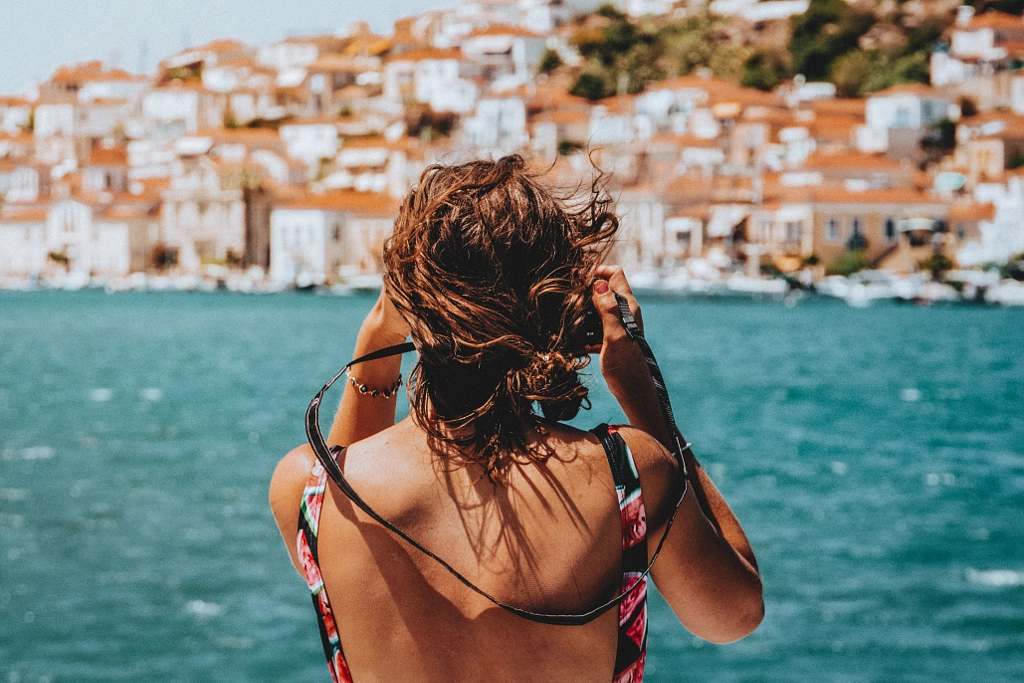

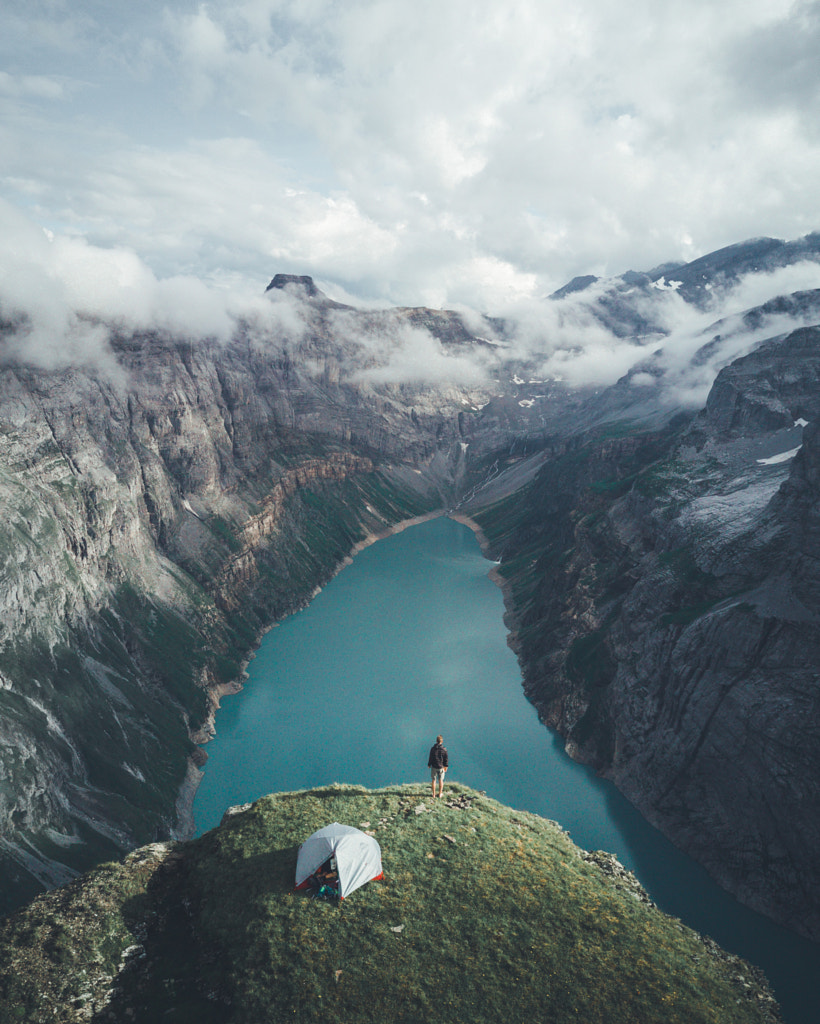
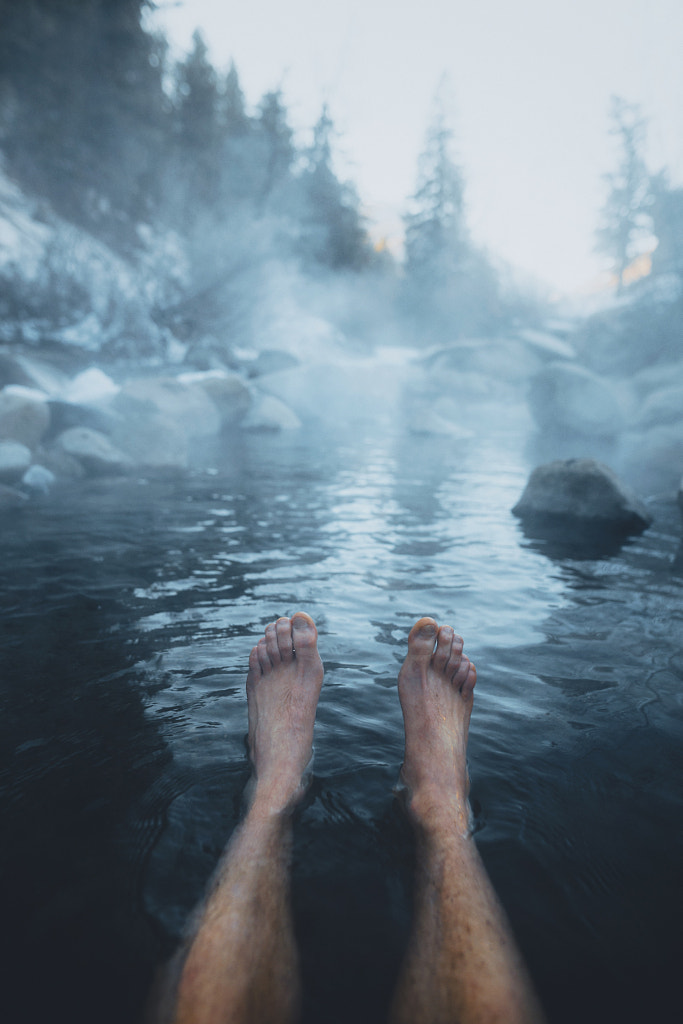
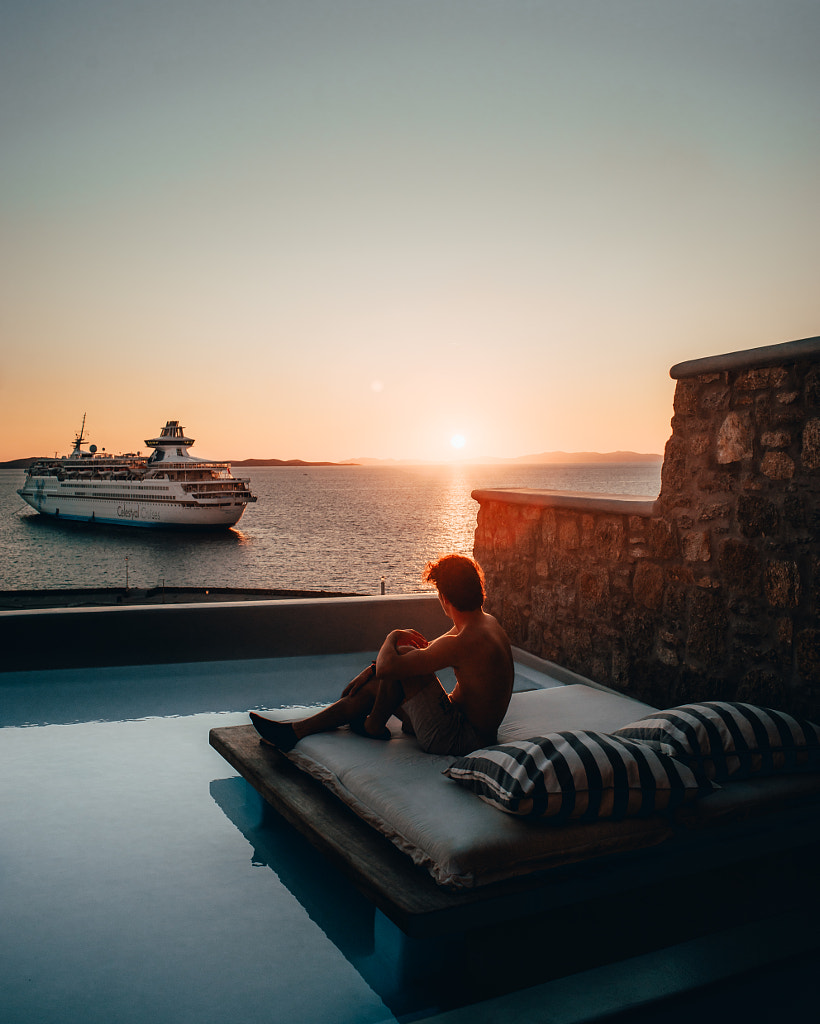

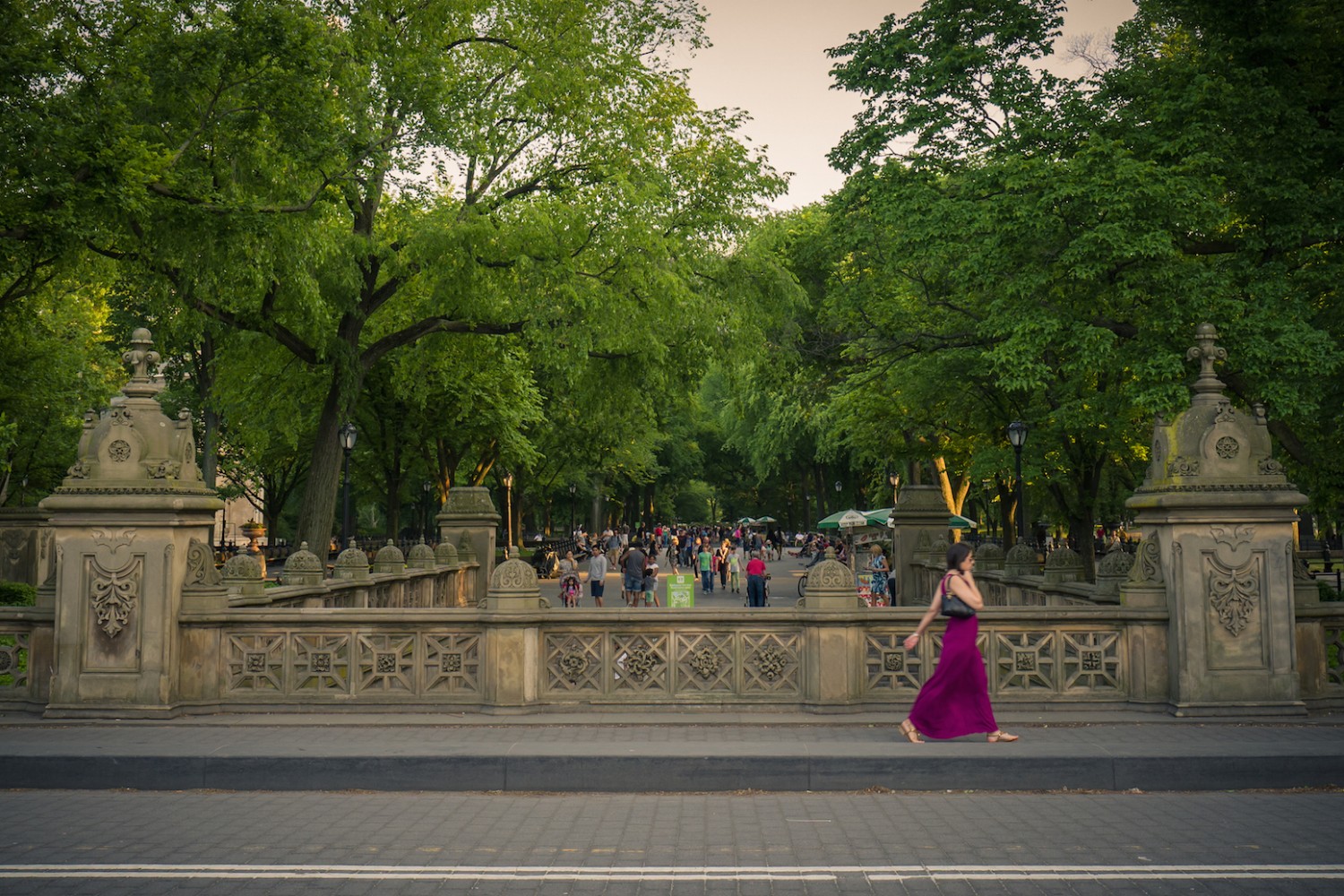

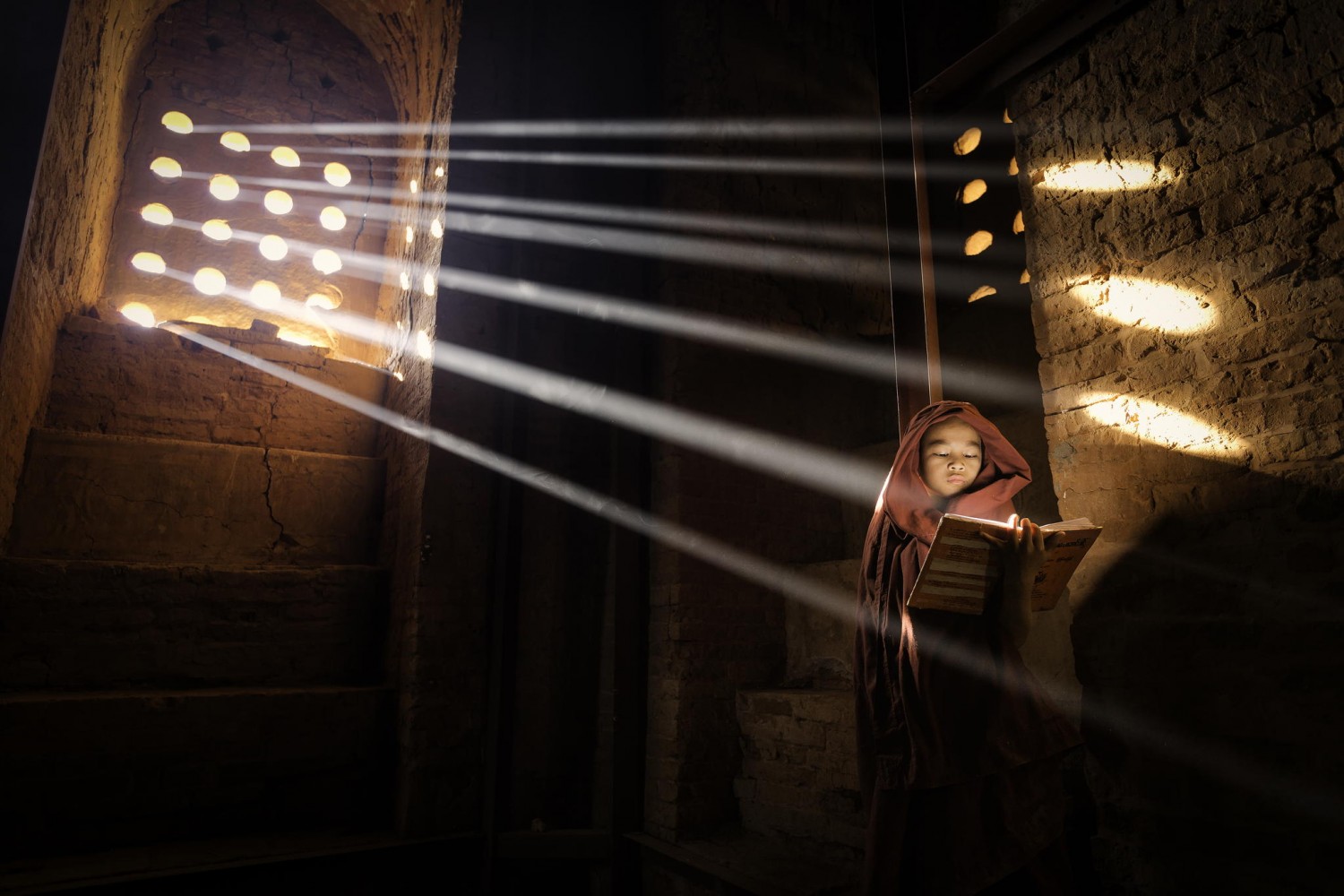
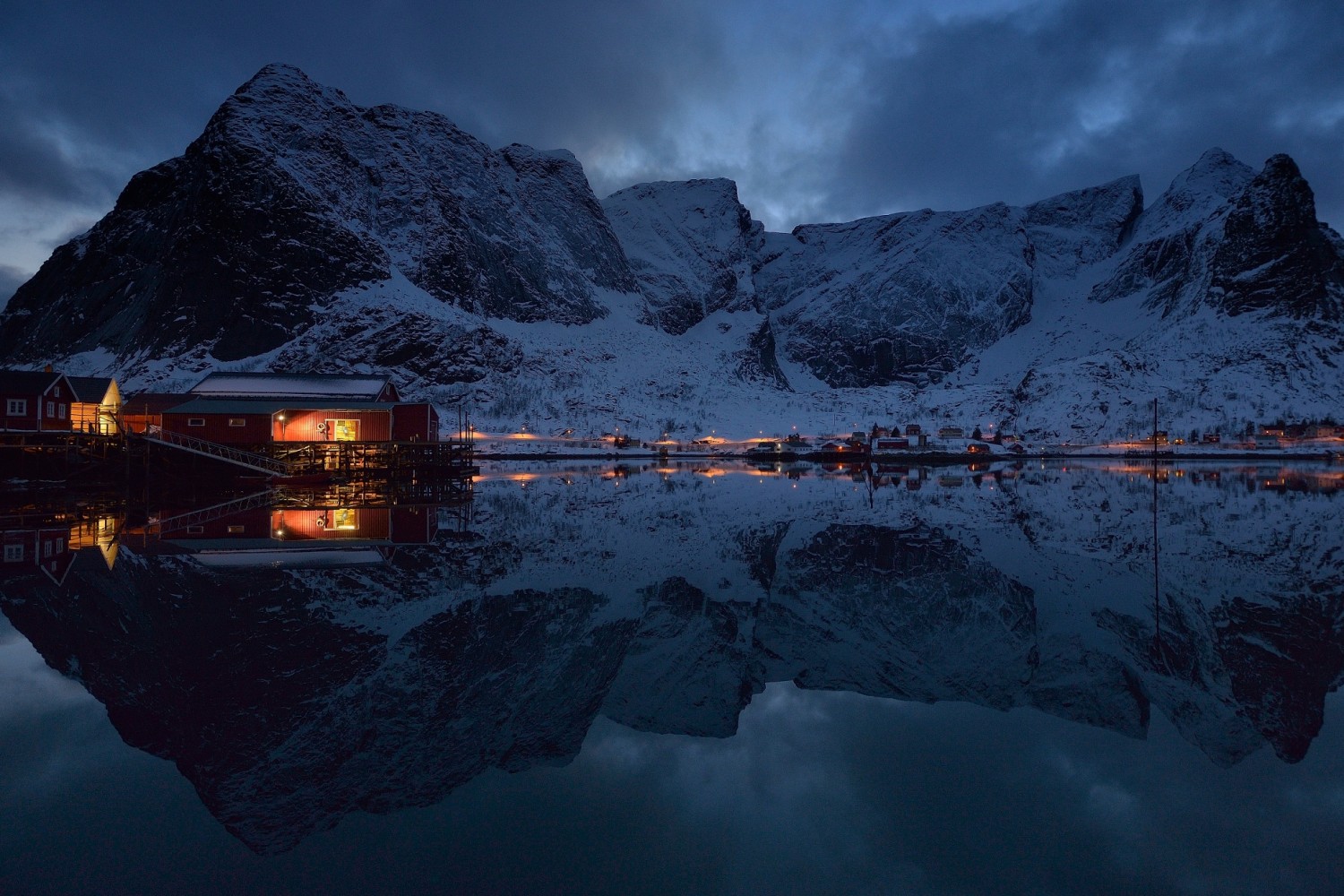
Leave a reply